THE ROMAN CATHOLIC CHURCH
Her Doctrine and Morals
Passion Sunday
6 April 2014
|
![[Image]](http://friarsminor.org/ss.gif)
The Sunday
Sermon
|
Dear Friend,
It has been said that each generation must save itself. The Sacrifice of
Jesus Christ took place once and for all at a certain time and place in
history. We, however, who live more than two-thousand years later must
somehow connect and benefit from this infinite Sacrifice.
It has also been shown that history repeats itself. We tragically see
that the mistakes of previous generations continue to be repeated in our
own. It is true that we don't keep re-inventing the wheel. We are
assiduous to hold on to and advance our leisure and pleasure. The
mistakes that are repeated specifically refer to moral sins.
Each generation seems to think that it has a right to commit the same
sins their parents did, and that they somehow have an obligation to go
even further in sin than their parents have done. With this mentality
our world has grown further away from Christ not only, in time but also
spiritually.
Our Holy Mother Church seeing this and seeking to halt and reverse this
process (if it is at all possible) recalls to our mind the physical
passion of Jesus. Today begins a heightened intensity in Her efforts to
bring us to the spiritual state where the merits of the Passion may be
applied to us.
We see the blindness of the people in rejecting Jesus and even hating
Him to the point of forcing His Sacrifice. Jesus is patient with them
and hides His divinity from them and even the devils. God made use of
these evil desires of creatures, to bring forth the greater good of His
Sacrifice. Today we see something that appears even worse than this
hatred of Jesus and a desire to drive Him out of the world and our
lives. The sins of those who called out for His Blood, pale in
significance to the coldness and indifferentism in the world today.
Spiritual apathy seems to be the only way for us to sin more greatly
than our ancestors have done.
Those who hate Jesus and persecute Him and His Mystical Body (The
Church), can be converted. Their evil can be turned into great good. It
is for these that we see that Jesus prayed as He hung upon the cross:
"Father, forgive them. For they know not what they are doing." We
witness the conversion of Saul, as he persecuted the Church, transformed
into St. Paul the Apostle.
Jesus asks them why they hate Him. Is it because He does good? With the
application of truth and reason these enemies of Jesus can be later
converted as we see from the multitudes, who were later converted by the
preaching of St. Peter. The apathetic reply that they don't hate Jesus.
They imagine that they are good because they don't hate anyone or
anything. They hate nothing but they similarly love nothing either.
Our world today seems surfeited with souls who think all is well. There
is no real concern for objective Truth. Truth to the world today appears
to be focused upon subjective value rather than objective fact. In
other words, truth becomes whatever is advantageous to the individual
person at this particular moment in time. Our society does not seem to
grasp the falsity of conflicting and changing "truth." It is this
attitude that brings forth such a cliche' as: "We all believe in the
same God." The so called "Christian" religions have degenerated not to
the point of the open hatred of God, but rather to the creation of a
subjective "god" that fits their needs or desires for the moment. It is
common for us to hear the truths of Faith given to us by God Himself
referred to as "myths." The "myths" of Christianity are then given
"equal" recognition and acceptance as all other myths. The Greek and
Roman mythology appears to the modern world as just as valid as the
"myths" of the Church.
Our children are fed a steady diet of mythology both ancient and new in
their entertainments. There are put before them the wildest fictions
created by the minds of men and demons; representing to them beings with
supernatural powers. Then our children read the accounts of Jesus or
the miracles of the saints and are left to conclude that they too are
like the fictions that they have been feeding on. And with an
indifferent shrug of the shoulder the truths of God are quickly
dismissed. Not hated or despised; but neither are they believed, loved
and cherished.
Our modern "science" adds fuel to this fire constantly dismissing all
that is above their own feeble reason and intellect as fiction. The only
"truths" that they will admit of is what they can understand. They have
made themselves the measure of truth: the measure of God. The atheistic
attitude of "science" increases this spiritual apathy from one
generation to the next. We are witnessing today the cumulative effect of
several generations of atheistic "science" "education." It is now
easier to doubt the Word of God than it is to doubt the "scientists" who
have done their "studies" and experiments to "prove" their "theories."
Today, we are called upon to set aside the apathy and indifferentism of
the world; we are asked to avoid the open hatred we see in today's
gospel. We are asked to open our minds to objective and real truth that
is spoken to us by God and preserved and handed down to us through His
Mystical Body the Church. In this manner, we can follow Jesus in His
Suffering and Death; and then rise glorious with Him on the Last Day.


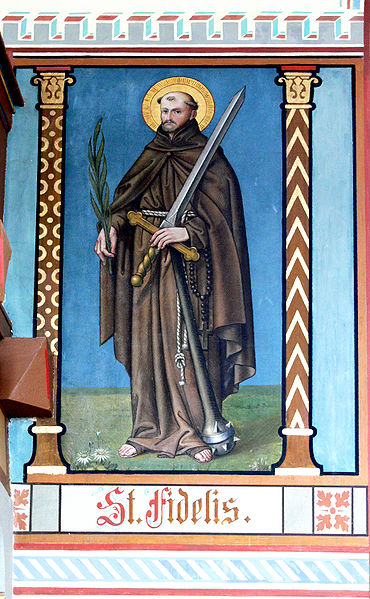
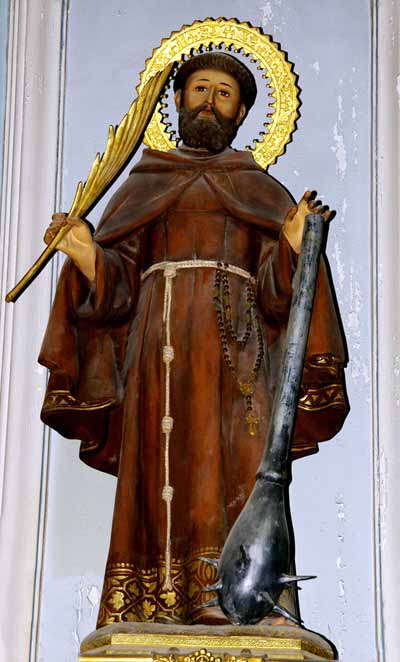

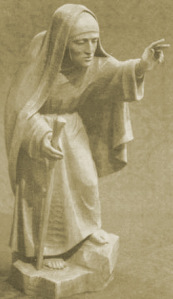
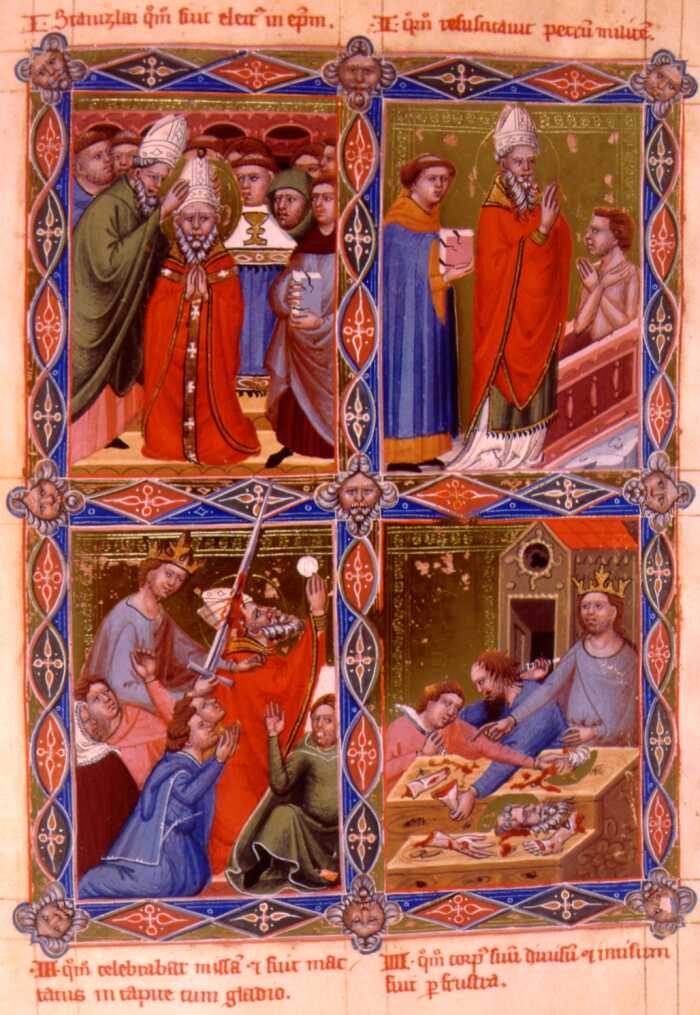
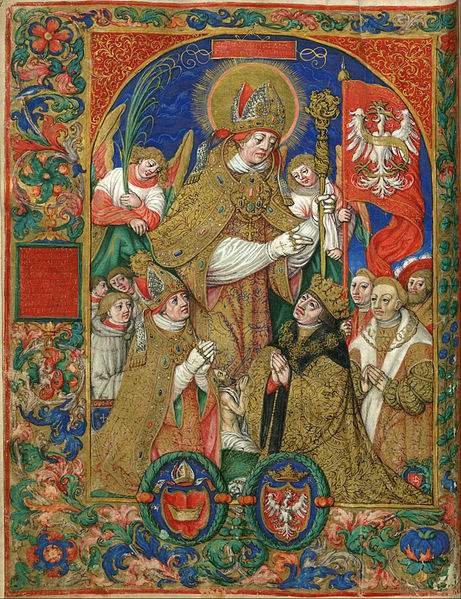

![[Image]](http://friarsminor.org/ss.gif)